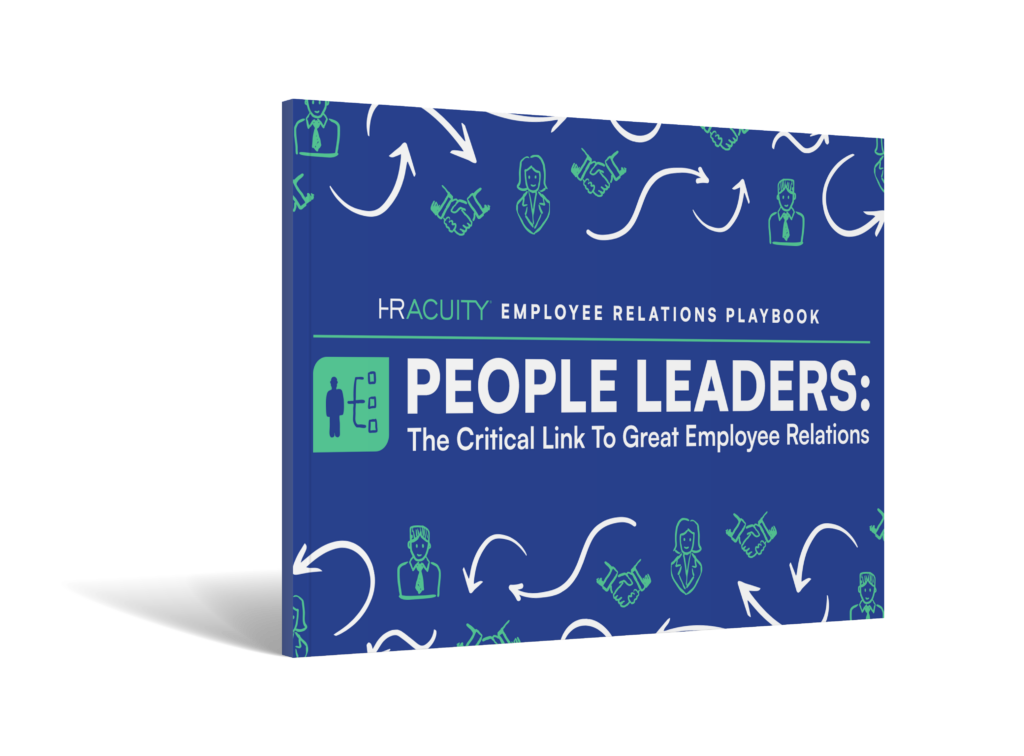If there’s one thing we’ve learned since March 2020, it’s that remote work isn’t the same as office work. It can feel that everything has changed, and now that many businesses are turning to a hybrid model, the confusion starts again. For instance, if someone is struggling, does that mean they should be in the office 100 percent?
Here are some answers to questions you may have about handling performance issues when working with a remote or hybrid workforce.
Does the performance improvement plan we had in place before remote work still work?
This depends on what your process was before. Generally, managers and HR work together to write performance improvement plans, and that should still happen. It can be a bit more complex when people aren’t together, but it’s important to have an HR hand in the performance improvement plan (PIP) process. You want PIPs to be consistent across the organization, and this can help.
If you’re working in a hybrid situation, you should meet in-person to deliver and discuss the PIP with the employee. It’s much easier to understand each other when you’re in the same room versus when you are on a video conference. Also keep in mind when people work remotely, it’s not unusual to have a spouse, partner, or child within hearing distance. Difficult conversations should be done in person whenever possible.
No matter if conversations take place in person or remote, it’s important for both managers and HR teams to collaborate during the PIP process. Together they can ensure expectations are clearly communicated and the process is consistently documented. Proper documentation will help everyone to track effectiveness and promotes transparency – which is essential for building trust with employees throughout the process.
How do we make the switch from focusing on Covid policies to performance?
In the last 18 months, most employee relations professionals have focused on the ever-changing Covid regulations and keeping employees healthy–mentally and physically. These things haven’t changed, but we also need to focus on performance. The issues that everyone let slide when this was a “temporary” pandemic need to be addressed now.
Start by working with your managers to ask them about their employees’ performance. Don’t send out company-wide emails about goals or disciplinary procedures for tardy people. Instead, have 1:1 meetings with managers to discuss their employees, expectations and proper processes for documenting any challenges.
You need to understand that previous solutions may not work as well in a remote working situation. You may have had a manager shadow an employee to learn where the employee’s weak spots were, which is not practical today. (Also, it would be a bit creepy if a manager showed up at an employee’s door). If hybrid work is possible, bring the employee and the manager in on the same day to work together.
Make sure you include the employee in the search for solutions. They know their job better than anyone else.
Read our Employee Relations Playbook
Train people leaders to better manage employee issues.

Have you trained your managers to manage a remote or hybrid workforce?
Remote management is different than in-person management. We all know this, but many companies ignored it because remote work was supposed to be temporary.
Now, you need to step in with a clear training plan and make sure you can support a remote workforce. Do you have communication tools that allow people to “drop in” as you would do in an office? Is everyone scheduling every meeting via zoom? That can be exhausting.
Ensure managers understand that there is plenty of downtime in an office (going to get a drink, chatting with people in the hall, et cetera), so they shouldn’t expect a remote worker to be constantly typing or always at their desk. It’s okay to go for a walk while you’re on a call – as long as you don’t need to take too many notes.
Companies are experiencing huge turnover recently. Are you helping managers build relationships with new hires?
The great resignation is in full swing, and you should focus on retention efforts to keep your best employees engaged and content to be a part of your company. But, you will have turnover, and you will need to hire.
If you’ve worked with people for several years, it’s pretty easy to switch to remote work because you already have relationships. But, when you hire new people who you’ve never met in person, it can be a bit of a challenge.
For instance, when you hire someone new, the whole team used to go out to lunch to meet everyone. Then the new hire would learn by overhearing conversations that Bob loves baseball, Stacy is a champion rock climber, Heidi loves scary movies, Steve has seven kids, and Katie thinks Steve is crazy and prefers her cats to kids. But, in a remote workforce, the new hire never learns any of that because Katie messages Bob privately about last night’s game, and Stacy sends her rock-climbing photos to Steve, Katie, and Bob, but not to the new hire because that seems weird.
These things don’t seem work-related, but they are because you have more empathy for people you know. These personal connections improve the morale of the team and can ensure people work better together. Make sure your managers prioritize time for team members to get to know each other.
And this helps directly with work as well – if everyone is siloed in their own home offices, they don’t know to whom they need to reach out for help. Help your employees get to know each other. It helps performance, engagement, and builds a strong company culture.



